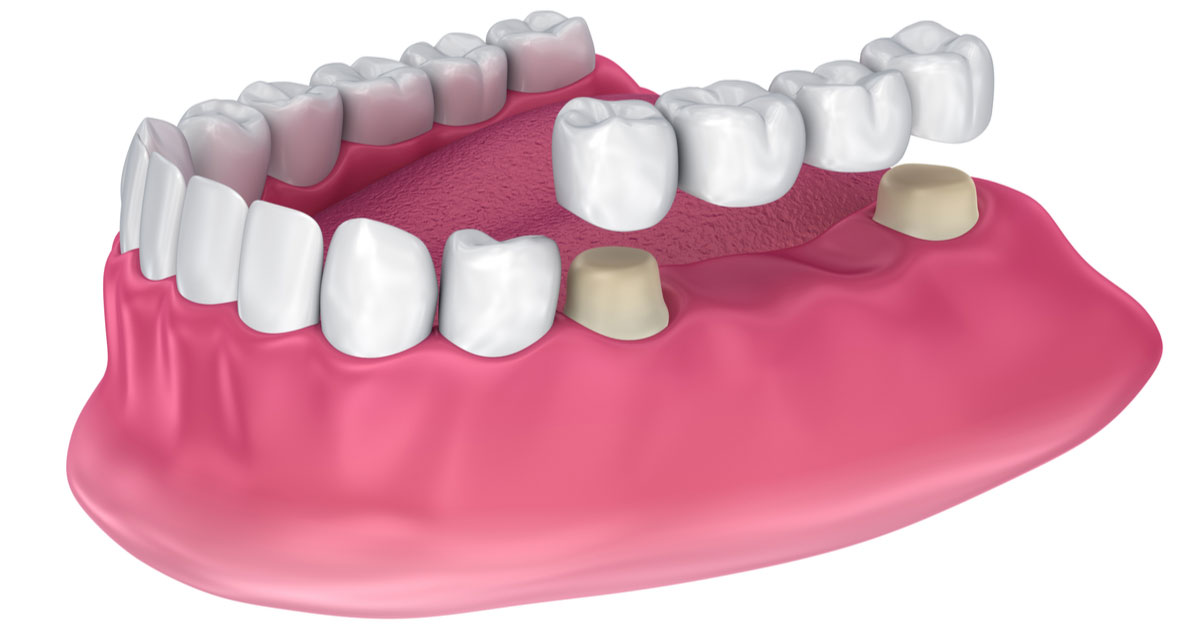
- Home
- About
- Our Team
- Services
- Postoperative Care
- Smile Gallery
- Medical Tourism
- Blog
- Offers
- Contact Us
- Home
- About
- Our Team
- Services
- Postoperative Care
- Smile Gallery
- Medical Tourism
- Blog
- Offers
- Contact Us

Missing a tooth may be due to various reasons like injury, natural exfoliation, medical issues etc. Not replacing a missing tooth, may leave some gap creating an unsightly look. Loss of tooth can cause some jaw discomfort, pain on chewing or other problems associated with the bite.
There are many solutions to replace a missing tooth and one of the most common one is dental bridges.
A dental bridge is done to close the gap created by a missing tooth. Closing the space by replacing the tooth, creates a natural appearance by restoring the space.
There are four main types of bridges, your dentist will decide on the type of bridges required.
This is the most common type of bridge that is done by taking support from the neighbouring teeth on either side. The crowns are cemented too the neighbouring teeth, while the replaced tooth sits on the gums.
These bridges are supported by a crown on only one side. So only one neighbouring tooth is taken as a support. Those teeth which faces mild occlusal forces like the front teeth, can be cemented with cantilever bridges.
They offer a much conservative approach. Only the damaged tooth is prepared for a crown, and metal cast support are used on either side. These are not as strong as those cemented in, so teeth that have a lot of biting force won’t be able to bear a Maryland bridge.
Here the neighbouring teeth is not at all disturbed. When there is more than one tooth missing, implants are screwed up in the jawbone and crown and bridges are done over the implants.
This is not a surgical procedure, so doesn’t require any sedation. A local anaesthetic is used to numb the area. After tooth preparation, impressions are taken in moulds and sent to lab for processing. Temporary crowns and bridges are placed until the final finished ones are ready. Finally the crowns and bridges are cemented well in place, after removing the temporary crowns.
Not much pain is to be expected for crown and bridge procedures. Local anaesthetic is given to get a comfortable procedure done. Long opening of mouth during preparation, can create some weariness. Ice packs can be kept for the same.
After the cementation of a bridge, you can eat normally. If at all some pain is experienced on eating, then you should check with your dentist for any further adjustments to be done.
It’s a simple procedure, with an appealing cosmetic results, that clears space and create an impressive smile. Functionally speech and eating problems are eliminated. It’s very difficult to speak normally and smile confidently with a missing tooth.
When bridge treatment options are recommended by your dentist, do not hesitate to consider the option.
For more enquiries book an appointment with Oris dental center.